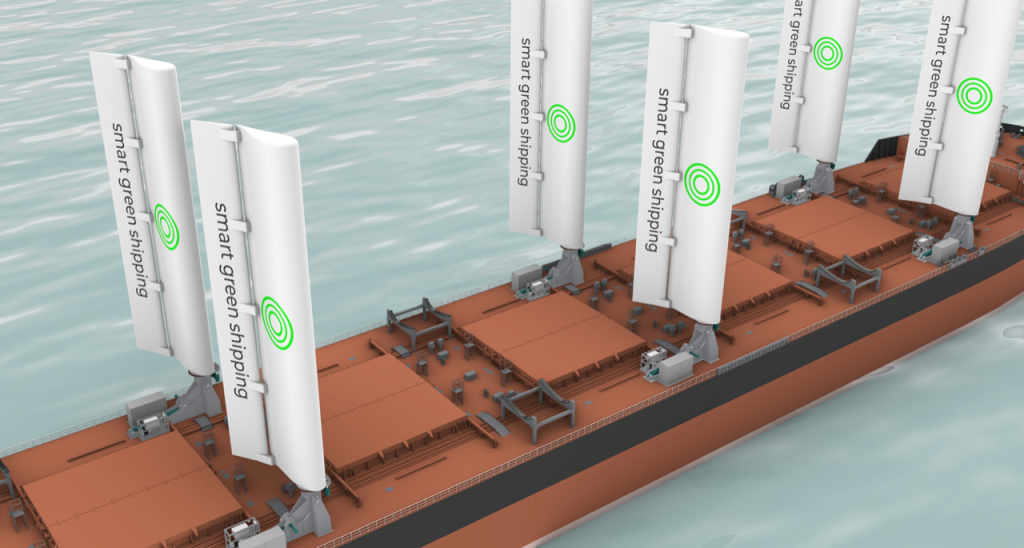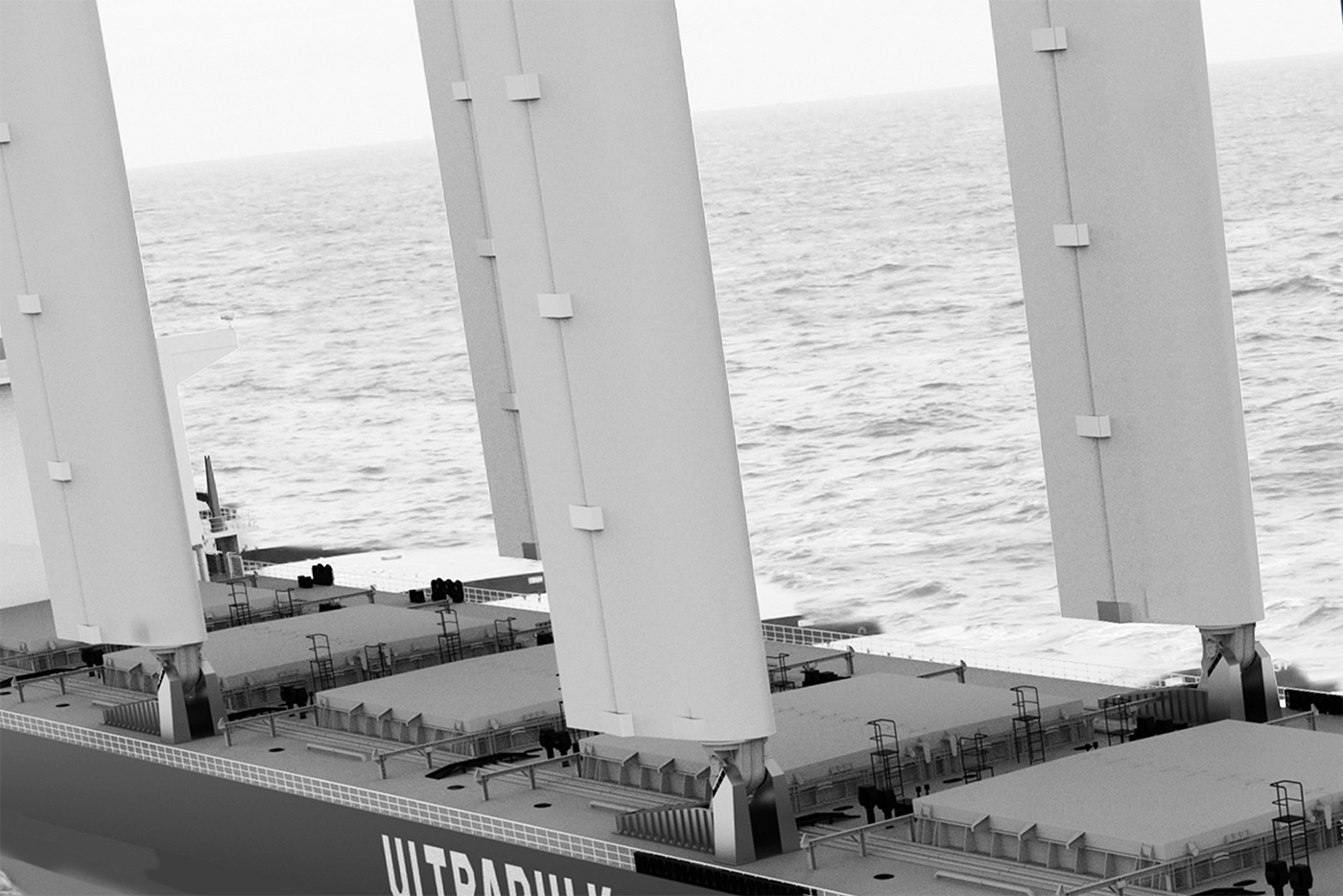Many are working hard to decarbonise the shipping sector, but it is not the shiniest technology that’s going to win at mass adoption, especially not in the short term. The winning green shipping solutions will be those that demonstrate a deep understanding of the challenges facing ship owners. Collaboration between ship owners and manufacturers is the route to a more sustainable future, but in practice, this is a real challenge.
Having spent more than a decade working closely with ship owners to understand the real-world challenges they face, I have come to notice a real lack of direct engagement between them and those building green solutions.

Although much of the spotlight for decarbonisation has been on alternative fuels like hydrogen or ammonia, these are not the silver bullet solutions we are being led to believe. While alternative fuels will undoubtedly help us to achieve our long-term climate goals once ready for commercialisation, the road is long, winding, and currently difficult for ship owners.
Globally, our current fleet comprises approximately 61,000 cargo ships. Embracing alternative fuels would mean retrofitting engines – a process that might take 12-14 months, cost between $5m-$15m per ship, and is only appropriate for about 10% of vessels. Ships powered by alternative fuels require larger volumes of fuel to cover the same distance – meaning larger storage tanks.
Uncertainty is hampering green shipping
It’s difficult to design for these changes when there is still so much uncertainty about which fuels we will be using in 30-50 years. Larger storage tanks mean lower cargo capacity, leading to lower revenues. This is without considering the uncertainties around the price and availability of green fuel, which is currently predicted to cost 4 to 9 times more than its fossil-based alternative; or blue fuel, which costs 2 to 5 times more.
It’s easy to see why the industry is reluctant to design new ships for alternative fuels when there is still little certainty that these fuels will be adopted in decades to come. The daunting combination of high retrofitting costs, synthetic fuel expenses, and extended downtime understandably deter shipowners whose main priority is to optimise commercial operations. Uncertainty prevails.
How well do you really know your competitors?
Access the most comprehensive Company Profiles on the market, powered by GlobalData. Save hours of research. Gain competitive edge.

Thank you!
Your download email will arrive shortly
Not ready to buy yet? Download a free sample
We are confident about the unique quality of our Company Profiles. However, we want you to make the most beneficial decision for your business, so we offer a free sample that you can download by submitting the below form
By GlobalDataWe need to look at what shipowners need now: retrofittable options that seamlessly integrate with commercial operations, a reduction in uncertainty in the short term, assurance of regulatory compliance, a reduction in off-hire time, and minimal costs. We need to direct our attention towards technologies that offer immediate positive change without disrupting short-term operations – and wind-assisted propulsion just might be an answer for bulkers and tankers.
Wind power can be a win-win solution
Sailing is a technology as old as time, but one of the key issues with ships of the past is that they were at the mercy of when and where the wind blew. Not only can twenty-first-century wingsails be installed in a matter of days, but these solutions also work in harmony with the ship’s engine, whatever fuel is being used.
They are designed to optimise wind power and minimise fuel usage, working with smart technology that automatically adjusts the positioning of the lightweight wings to optimise energy available at a wide range of wind angles.
The wingsails also automatically retract if the wind isn’t blowing sufficiently, to avoid creating windage, and also in heavy weather, when navigating under bridges, or when conducting loading/discharge operations in ports.
Wingsails offer a win-win solution. Wind is freely and abundantly available. The wingsails can also be leased, removing heavy and daunting upfront costs. This financing approach is used successfully for land-based renewables where the cost of the hardware is paid back to the project owners from fuel savings over time.

Looking beyond future fuels
The advancement of data analysis enables the development of sophisticated route optimisation technology, which further enhances efficiency and reduces costs. Weather routing leverages multiple sources of weather forecast data to identify optimal routes, thereby granting ship operators a higher degree of fuel autonomy and enabling strategic fuel consumption based on accurate forecasts.
Wind technology is no longer a solution that could work “in theory” – it is here, ready to be deployed, and will help the shipping industry to decarbonise at the pace and scale that is necessary in order to meet urgent emissions reduction targets.
Alternative fuels will require significant investment, as well as a solid legal framework and support from governments and other regulatory bodies, all of which will take time. Therefore it’s crucial that we look beyond a fuel-centric solution and explore options that shipowners can embrace today.
The journey towards green shipping is not a solitary endeavour. It requires conversations, collaboration, and cooperation from multiple stakeholders and an understanding that decarbonising one of the world’s oldest industries is complex and needs a multi-pronged approach.
However, one thing is for sure – it is the small steps taken together today that will enable the huge strides that will truly tackle the problem of shipping emissions.




